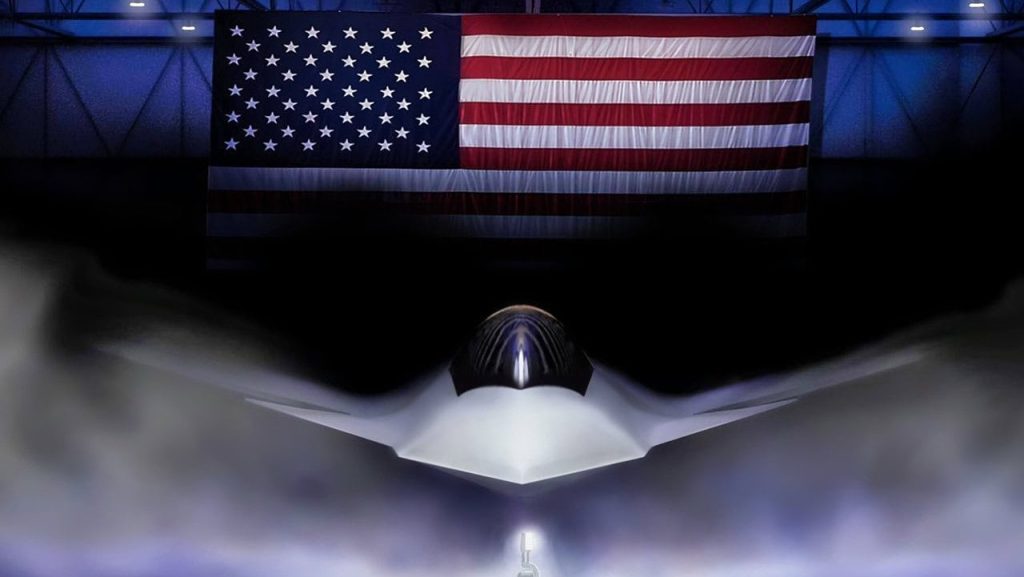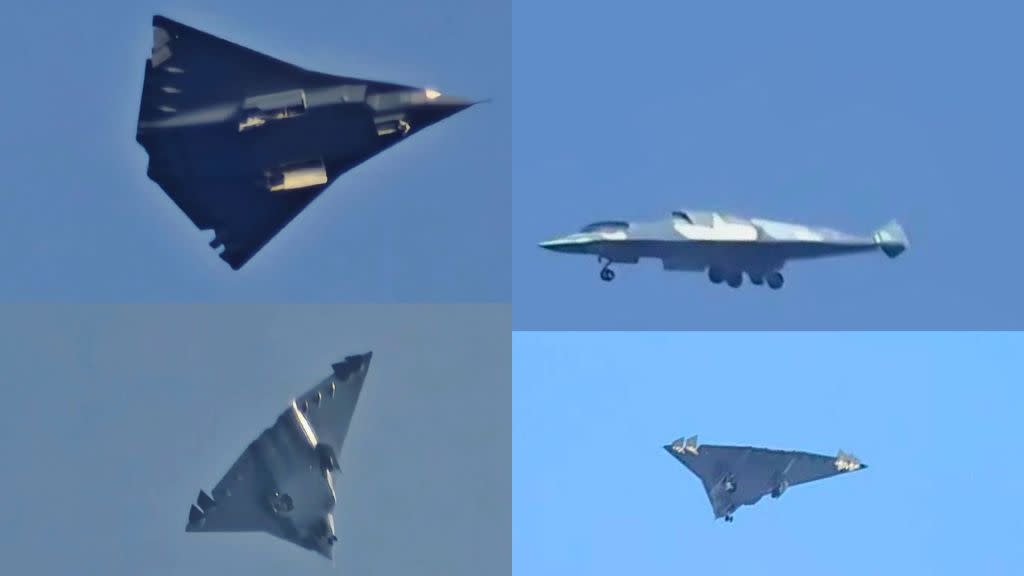Which country is ahead in the race for sixth-generation fighter jets, the F-47 or China’s J-36?
Which country is ahead in the race for sixth-generation fighter jets, the F-47 or China’s J-36?
With China and the United States revealing their most recent developments—the Chengdu J-36 and the Boeing F-47—the competition for sixth-generation fighter planes has heated up. These advancements represent important advances in military aviation and are indicative of both countries’ technological prowess and strategic ambitions.

The Boeing F-47: The Air Dominance of the Next Generation in America

President Donald Trump declared in March 2025 that the Boeing F-47, a sixth-generation fighter plane intended to replace the F-22 Raptor, was in construction. This effort is part of the Next Generation Air Dominance (NGAD) program of the U.S. Air Force, which aims to preserve air supremacy in changing combat situations.
Capabilities and Design
Although specifics are still under wraps, the F-47 is anticipated to have:
Enhanced Stealth Technology: Better designs that lower radar cross-section, which makes the aircraft harder to see.
Extended Range: The ability to go farther between refueling stops, meeting the demand for worldwide coverage.
Advanced Avionics: Combining state-of-the-art sensors and communication technologies to provide better situational awareness.
Unmanned Teaming: Increasing tactical choices and lowering pilot risk by working alongside autonomous drones.
The goal of these developments is to give the U.S. Air Force a strong and adaptable platform to combat new threats.
Strategic Consequences
The creation of the F-47 represents a dedication to preserving tactical and technological dominance. The United States diversifies its defense industrial base by choosing Boeing over Lockheed Martin for this project, which might encourage innovation and competition in the industry.
The Chengdu J-36: A Stealthy Alternative for China

China has been working on the Chengdu J-36, a sixth-generation fighter. The J-36, which was first seen in test flights above Chengdu in late 2024, marks a major advancement in China’s military aviation capabilities.
Features and Design
The J-36 is distinguished by: A design decision that improves stealth by lowering radar signatures is the tailless configuration. Take a jet fighter flight.
Trijet Layout: Making use of three engines, which is uncommon in contemporary fighter designs, might provide more thrust and redundancy.
Advanced Aerodynamics: A delta-wing design that might offer better efficiency and agility at different speeds.
These characteristics point to an emphasis on developing an aircraft that can breach sophisticated air defenses while remaining agile during dogfights.
Strategic Consequences
China’s desire to compete with existing air forces is demonstrated by the construction of the J-36. China wants to strengthen its standing in the international defense arena and lessen its need on foreign technology by investing in domestic design and manufacture.
A Comparative Study of the F-47 and J-36
A number of criteria are taken into consideration when comparing the F-47 and J-36:
Innovation in Technology
Both aircraft use cutting-edge avionics and stealth. A strategic shift towards combining manned and unmanned operations is reflected in the F-47’s emphasis on unmanned teaming. The J-36 prioritizes performance and stealth, as seen by its tailless shape and trijet architecture.
Industrial Base and Experience
The U.S. advantages from a mature defense industrial base with substantial expertise in producing fifth-generation aircraft like the F-22 and F-35. Boeing makes use of this knowledge in the F-47 project. With the J-20 acting as a basis for the J-36, China’s aviation sector has advanced quickly. China, however, has relatively little experience building and managing sophisticated aircraft on a large scale.
Strategic Goals
The F-47 supports the U.S. strategy of maintaining air superiority in multiple theaters and projecting power globally. China’s regional aspirations are supported by the J-36, especially when it comes to securing control over disputed territories and discouraging outside interference.
Conclusion: Who Leads the Sixth-Generation Fighter Race?
Determining a clear leader in the sixth-generation fighter race is complex. The U.S.’s F-47 program demonstrates a proactive approach to future air combat, emphasizing versatility and integration with unmanned systems. China’s J-36 showcases significant technological strides, reflecting its commitment









